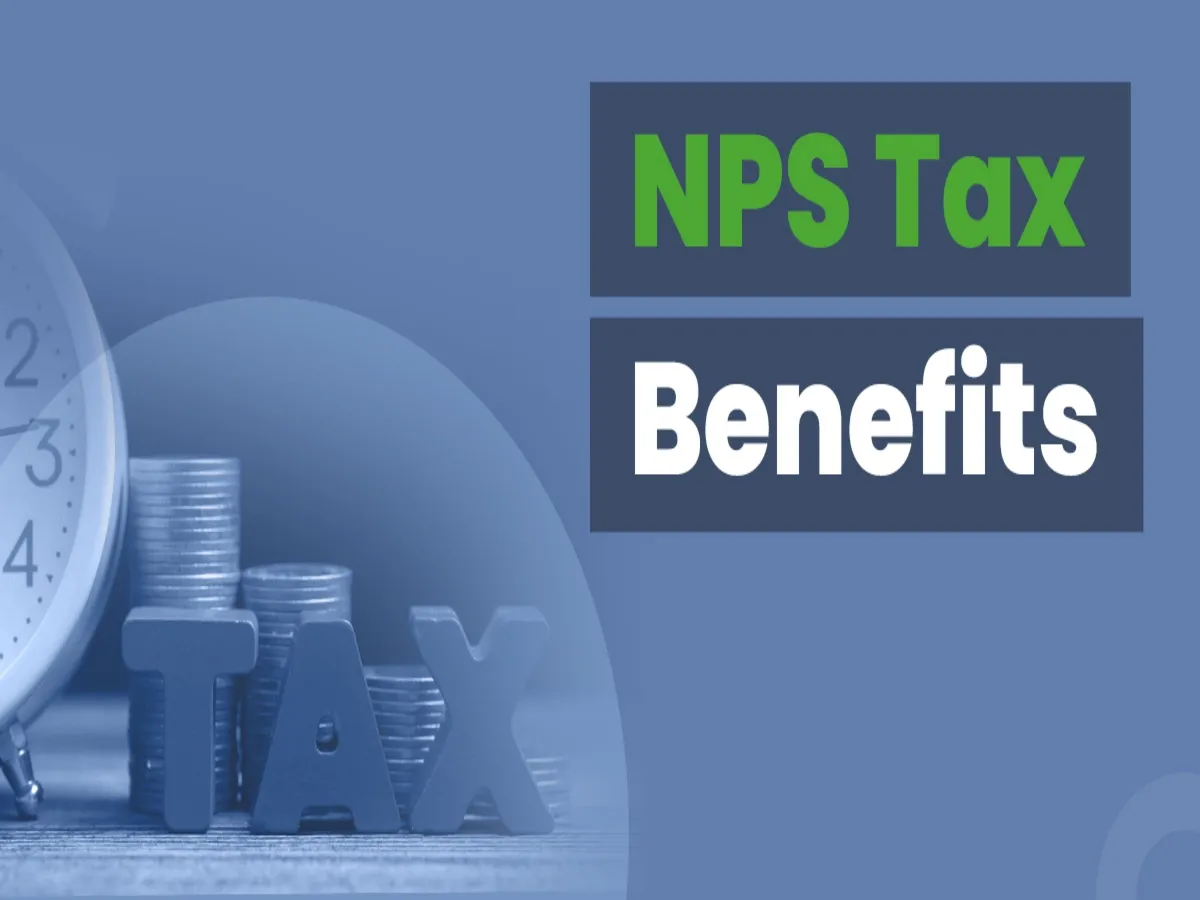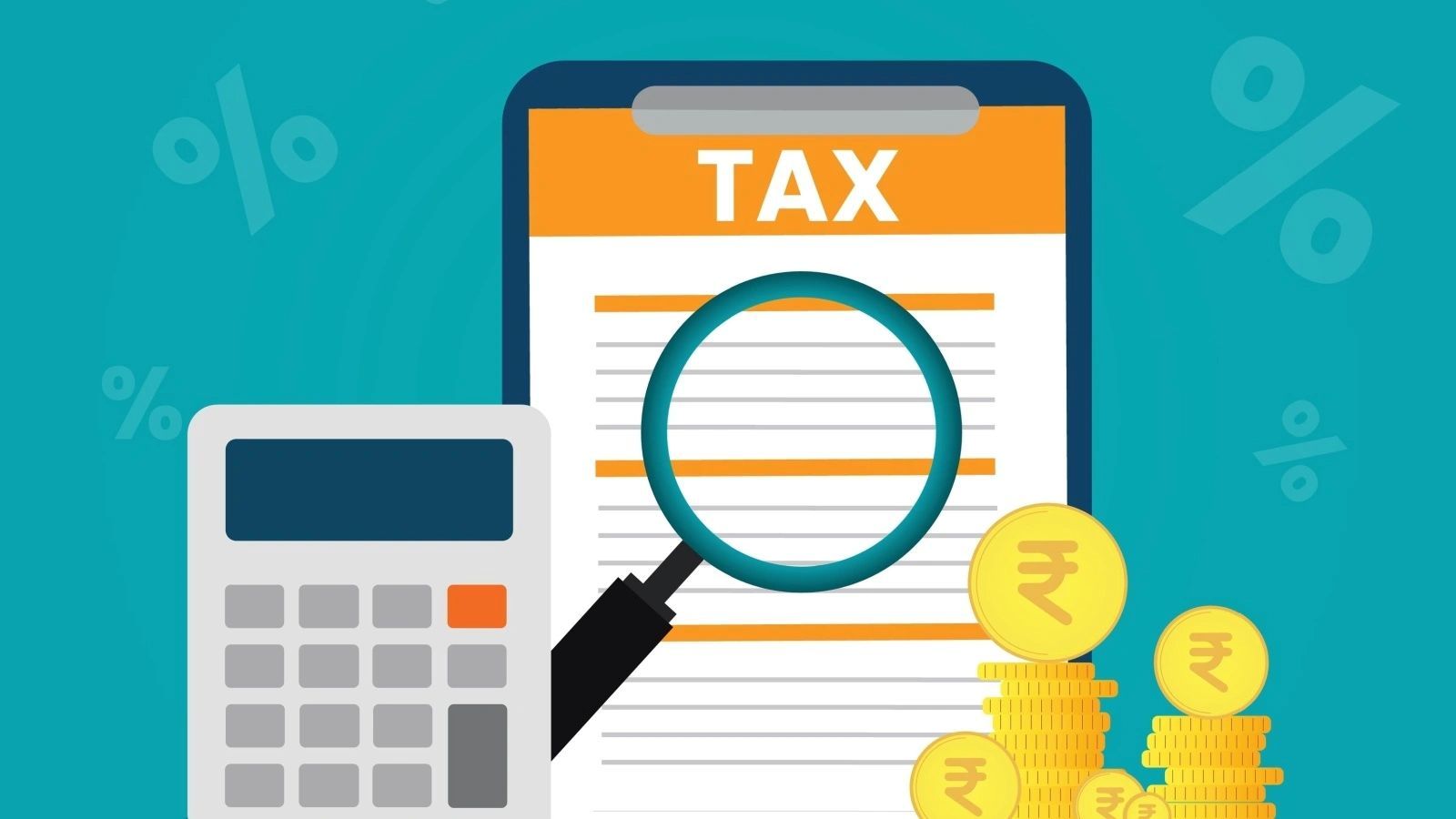Personal Finance News
NPS for tax planning: Key factors you need to know before investing
.png)
3 min read | Updated on July 16, 2024, 11:31 IST
SUMMARY
NPS, a government-backed voluntary retirement scheme, offers an opportunity for scheme subscribers to build a retirement corpus with investments of small amounts during their employment years. All citizens, between the age groups of 18 and 70 years, are eligible to invest in the scheme.

NPS for tax planning: Key factors you need to know before investing
One of the standout benefits of planning for retirement with the National Pension System (NPS) is the immediate tax advantages it offers. While investors save for their future, they also enjoy tax benefits under multiple sections of the Income Tax Act, 1961.
NPS, a government-backed voluntary retirement scheme, offers an opportunity for scheme subscribers to build a retirement corpus with investments of small amounts during their employment years. All citizens, between the age groups of 18 and 70 years, are eligible to invest in the scheme.
Tax benefits for individuals
- General tax benefit: Any individual who subscribes to the NPS can claim tax benefits under Section 80CCD (1) of the I-T Act. This benefit is capped at ₹1.5 lakh under Section 80CCE.
- Special additional tax benefit: All NPS subscribers can also claim an additional tax deduction of up to ₹50,000 under Section 80CCD (1B). This is in addition to the ₹1.5-lakh deduction available under Section 80C.
Tax benefits for corporate subscribers
- Benefits for employees: Under Section 80CCD (2) of the Income Tax Act, employees who subscribe to NPS through their employer can enjoy additional tax benefits. Employer’s contribution, up to 10% of the basic salary and dearness allowance, towards the benefit of the employee is tax exempt. This limit is capped at ₹7.5 lakh per annum.
- For employers: Employers can also benefit from contributing to the NPS accounts of their employees. In this case, the contribution by the employer towards NPS, up to 10% of the basic salary and DA, can be shown as a ‘business expense’ in the company’s profit and loss account.
It’s important to note that the tax benefits are limited to investments made through Tier-I accounts.
Investment proofs required to claim tax deductions
Here are the investment proofs NPS subscribers need to submit:
- Statement of transaction: One of the proofs subscribers can submit is their NPS transaction statement.
- Receipt: For the relevant financial year, NPS subscribers can download the receipts for the contributions made to the scheme. The NPS subscribers can log in to the NPS account and download the receipt from the ‘Statement of Voluntary Contribution under National Pension System (NPS)’ section.
Additional tax benefits under NPS
- Partial withdrawals: For certain expenses like education or marriage of children, critical illness and construction of a house, the NPS scheme allows partial withdrawal. As per Section 10 (12B) of the Income Tax Act, partial withdrawals up to 25% of the self-contribution of the subscriber won’t attract tax.
- Buying an annuity: The entire investment of a subscriber is exempt from tax when they buy an annuity. Nevertheless, they will have to pay taxes on the annuity income they get in the upcoming years.
- Withdrawing a lump-sum amount: A subscriber can withdraw up to 60% of the accumulated corpus upon attaining the age of 60 or superannuation. This amount will be tax-exempt.
By signing up you agree to Upstox’s Terms & Conditions
About The Author


